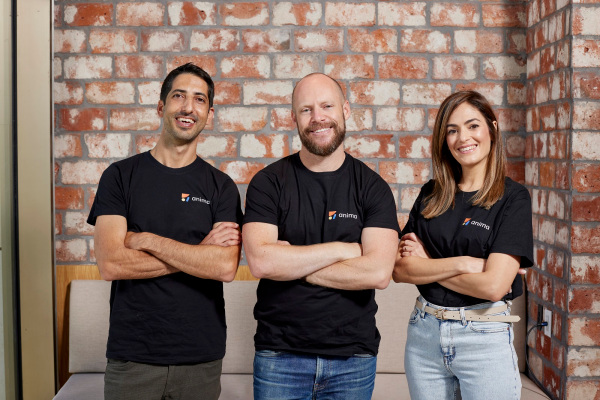
Anima , the YC-backed platform that turns designs into code, has today announced the close of a $10 million Series A financing. The round was led by MizMaa Ventures with participation from INcapital and Hetz Ventures.
We’ve been following Anima, which was bootstrapped until last year, < a href="https://techcrunch.com/2020/10/27/animas-latest-update-draws-on-the-popularity-of-design-and-no-code-tools/"> for a while currently .
That startup indexes on quite a few trending ingredients right now, together with a bottoms-up distribution approach, aid popularity of low/no code.
Here’s how it operates.
Most construtors spend a tremendous amount of time turning their attention design elements into standards|code calculatordecoder}. Unfortunately, this piece of the job isn’t nearly exactly as exciting as writing generally the code that actually makes the program, website, platform, etc . purpose.
With Alma, designers can upload ones own element or design received from Figma and it will be routinely transformed into high-quality code, considering support for React, Vue. js, HTML, CSS moreover Sass. Designers can also formulate prototypes of their work all the way within Anima, so that the product can process not only the best way something looks statically however it how the flow should look and feel.
Cofounders Avishay and Michal Cohen and Or Arbel (a name you will recognize from the glory times of Yo! ) have a liberate vision on how to use the resource. Alongside tripling the size of the team, they plan to build integrations with platforms like Figma, Sketch, etc . and Github so that Anima itself may well effectively get out of the way, offering designers and developers to hand off these elements in the podiums where they already located.
In terms of distribution, Anima is regarded as making the most of their bottoms-up option. Any designer can be a part of free to use Anima, and as a consequence right now there are more than 800, 000 users registered even though platform. That’s compared with approximately 300, 000 users during October of 2020. Avishay Cohen clarified that effective users are growing, much, with 80, 000 expense active users on the foundation now compared with 10, 500 a year ago.
The Cohens started to explain that more than 5 percent of free users convert according to paying users, and that 13 percent of paying history expand into teams naturally within the first one to two months of becoming a paid user. The startup is already getting asks for enterprise accounts, the fact that cofounders describe as the next phase of that business on the back of the brand new funding.
Arbel told TechCrunch that the leading challenge during this time has been choosing in a remote world, and the answer to that, for Alma, has been looking at talent at a global scale. The Cohens added that with that hyperscaling, growing the team from multiple to 30 in the year moreover continuing to hire, it is serious to maintain and foster little} culture.






